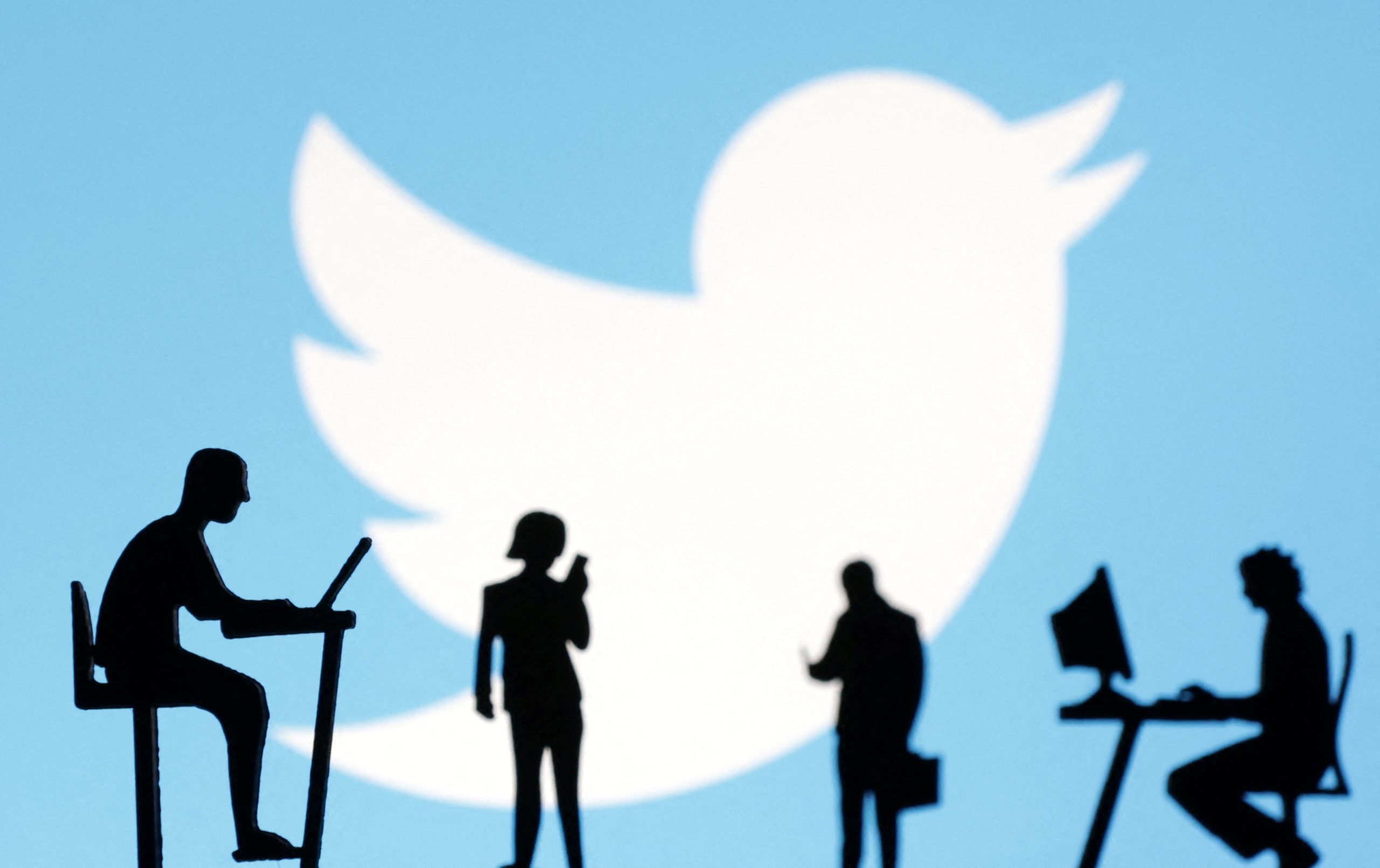
Willie R. Tubbs, FISM News
[elfsight_social_share_buttons id=”1″]
Tuesday, journalist Matt Taibbi revealed that, from 2017-2021, elected officials and government agencies made it an ever-more-common practice to ask Twitter to remove an array of users for a litany of reasons.
“[Twitter] received an astonishing variety of requests from officials asking for individuals they didn’t like to be banned,” Taibbi wrote.
Although nowhere near the most frequent customer, liberal Rep. Adam Schiff (D-Calif.) was revealed to have requested that journalists be banned for having spread what he identified as QAnon conspiracies.
27.They also received an astonishing variety of requests from officials asking for individuals they didn’t like to be banned. Here, the office for Democrat and House Intel Committee chief Adam Schiff asks Twitter to ban journalist Paul Sperry: pic.twitter.com/SXI1ekqi13
— Matt Taibbi (@mtaibbi) January 3, 2023
Twitter did not grant Schiff’s request, although one of the people he wanted banned — journalist Paul Sperry — was removed at a later date.
Per Taibbi’s investigation, Schiff’s appears to be one of the few requests not honored by Twitter. By 2020 and into 2021, Twitter was inundated with requests from all facets of the U.S. intelligence community.
“Twitter was taking requests from every conceivable government body, beginning with the Senate Intel Committee (SSCI), which seemed to need reassurance Twitter was taking FBI direction,” Taibbi wrote.
25.Twitter was taking requests from every conceivable government body, beginning with the Senate Intel Committee (SSCI), which seemed to need reassurance Twitter was taking FBI direction. Execs rushed to tell “Team SSCI” they zapped five accounts on an FBI tip: pic.twitter.com/hWnkOX292C
— Matt Taibbi (@mtaibbi) January 3, 2023
Perhaps the most telling revelation of this installment of the “Twitter Files” was that governmental meddling in social media companies’ practices dated to the earliest days of the Trump administration.
The true nexus of government-induced censorship was 2017, when Democrats were pushing the notion of Russia having “hacked” the 2016 presidential election.
Pressure from Democrats led Twitter to maintain an internal policy of removing “any user identified by the U.S. intelligence community as a state-sponsored entity committing cyber operations against targets associated with U.S. or other elections.”
31.Remember the 2017 “internal guidance” in which Twitter decided to remove any user “identified by the U.S. intelligence community” as a state-sponsored entity committing cyber operations? By 2020 such identifications came in bulk. pic.twitter.com/OrSC1uwgm8
— Matt Taibbi (@mtaibbi) January 3, 2023
This policy gave the U.S. government a foothold and the base from which an ever-broader collection of government entities requested additional censorship. Eventually, even a link to Russia or perceived “Russian disinformation” was grounds for removal.
By the time COVID-19 became the dominant topic, and with Democrats still particularly interested in combating “disinformation,” Twitter began axing accounts, essentially on the good word of Homeland Security, the FBI, etc.
The Global Engagement Center (GEC), an offshoot of the State Department, was particularly skilled at getting Twitter to censor accounts in the wake of the outbreak of COVID-19.
Specifically, the GEC proved to Twitter that it was willing to cause the social media giant a major public relations headache if not given a seat at the censorship table. The GEC was willing to bypass Twitter and go straight to the media with complaints about the platform’s dealing with some accounts.
“The Global Engagement Center … went to the media with a report called, ‘Russian Disinformation Apparatus Taking Advantage of Coronavirus Concerns,’” Taibbi wrote. He added “The GEC flagged accounts as ‘Russian personas and proxies’ based on criteria like, ‘Describing the Coronavirus as an engineered bioweapon,’ blaming ‘research conducted at the Wuhan institute,’ and ‘attributing the appearance of the virus to the CIA.’”
4.The GEC flagged accounts as “Russian personas and proxies” based on criteria like, “Describing the Coronavirus as an engineered bioweapon,” blaming “research conducted at the Wuhan institute,” and “attributing the appearance of the virus to the CIA.” pic.twitter.com/a4xBotQZ2m
— Matt Taibbi (@mtaibbi) January 3, 2023
Twitter at first tried to avoid working too closely with the GEC, ostensibly for the sake of maintaining political neutrality.
In a humorous irony, even though the GEC was requesting Twitter censor accounts for repeating the Wuhan lab theory — an opinion Trump had himself uttered on numerous occasions — Twitter employees and executives were viewed as too closely tied to the then-president. The FBI and intelligence agencies were perceived as apolitical.
However, by the time Twitter made a stand against government participation in social media censorship, it was too late.
Taibbi explained, “The GEC requests were what a former CIA staffer working at Twitter was referring to, when he said, ‘Our window on that is closing,’ meaning the days when Twitter could say no to serious requests were over.
30.The GEC requests were what a former CIA staffer working at Twitter was referring to, when he said, “Our window on that is closing,” meaning they days when Twitter could say no to serious requests were over. pic.twitter.com/D0IrEgzC6e
— Matt Taibbi (@mtaibbi) January 3, 2023
It is not clear from Taibbi’s report what the status of the GEC became under the Biden administration.
According to the agency’s webpage, the GEC’s mission is “to direct, lead, synchronize, integrate, and coordinate U.S. Federal Government efforts to recognize, understand, expose, and counter foreign state and non-state propaganda and disinformation efforts aimed at undermining or influencing the policies, security, or stability of the United States, its allies, and partner nations.”
